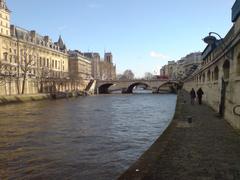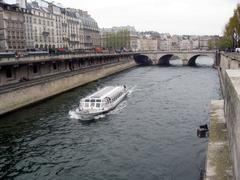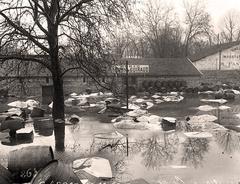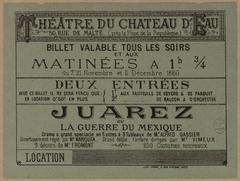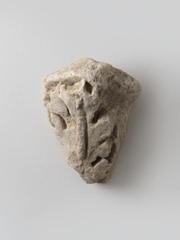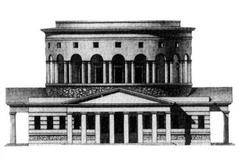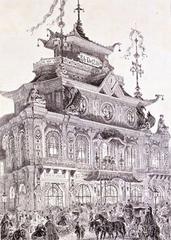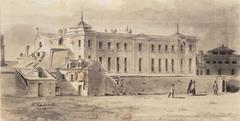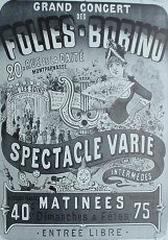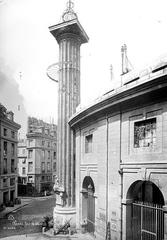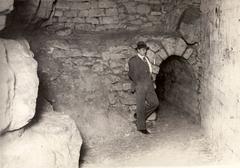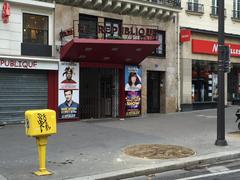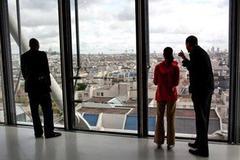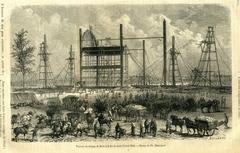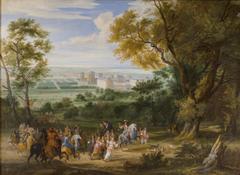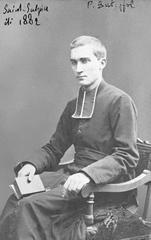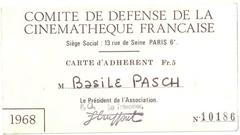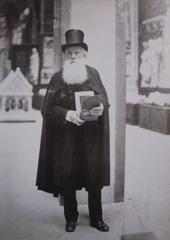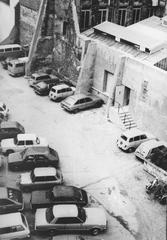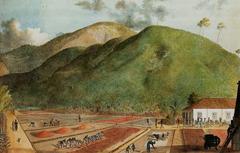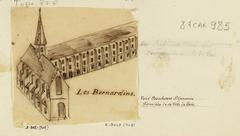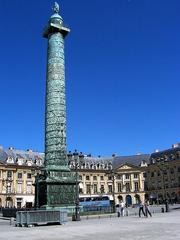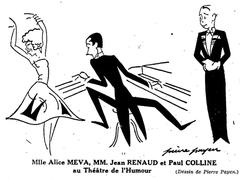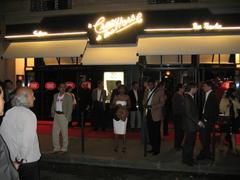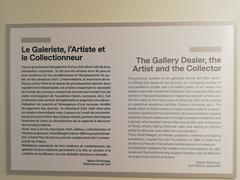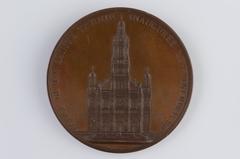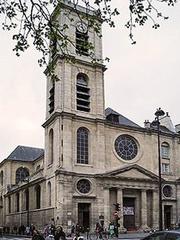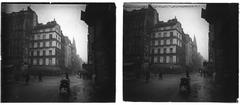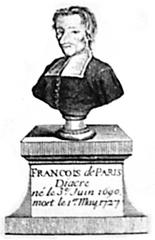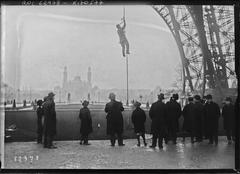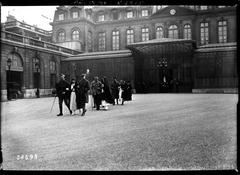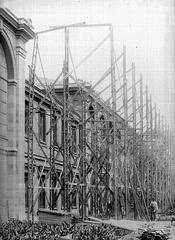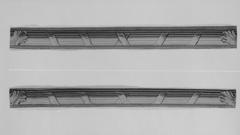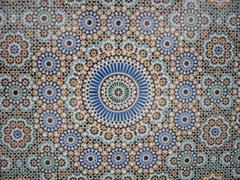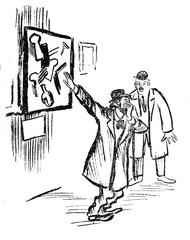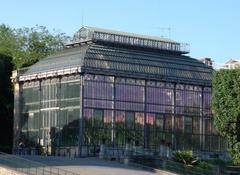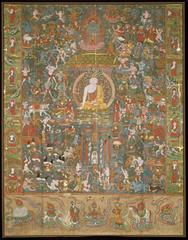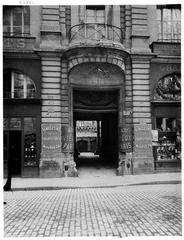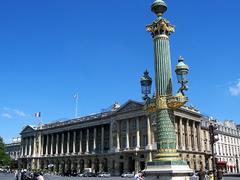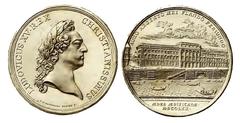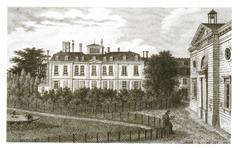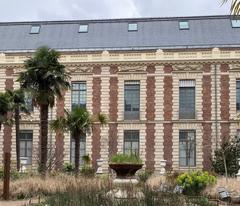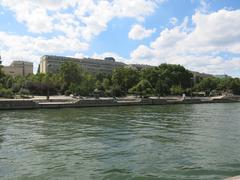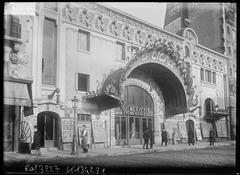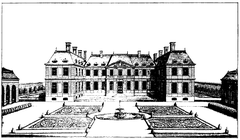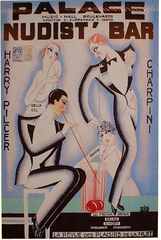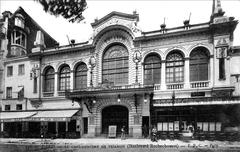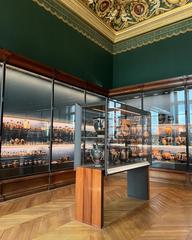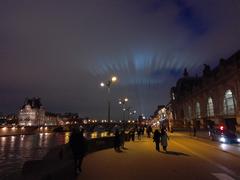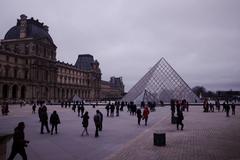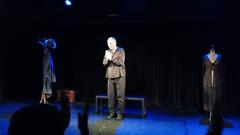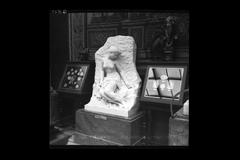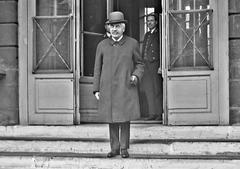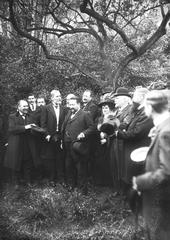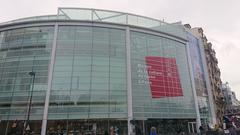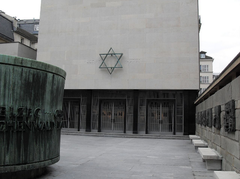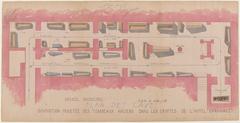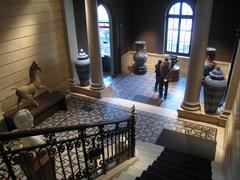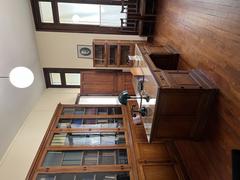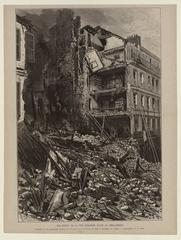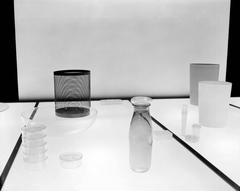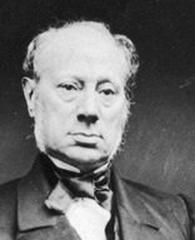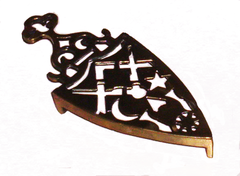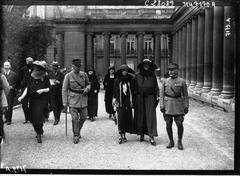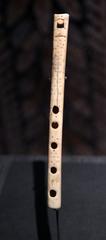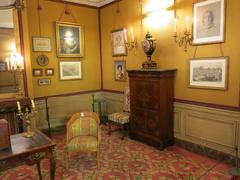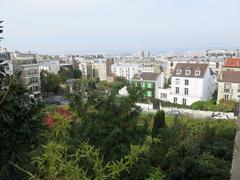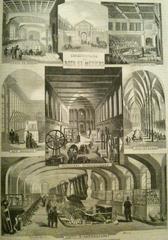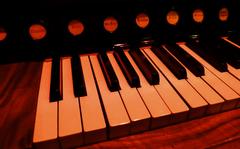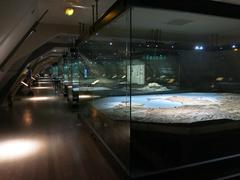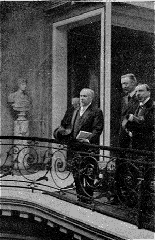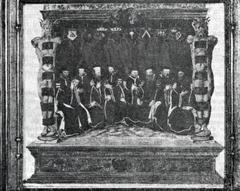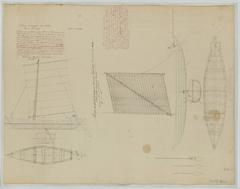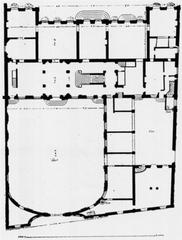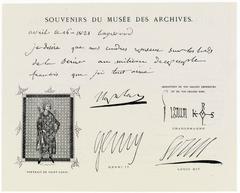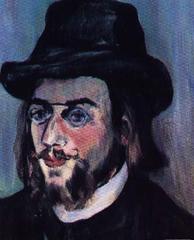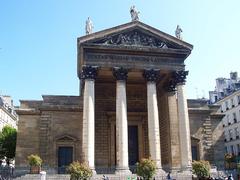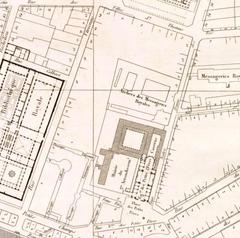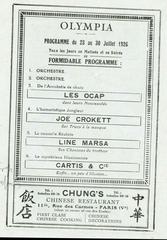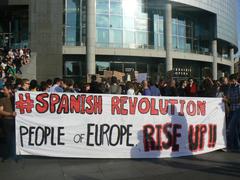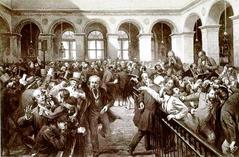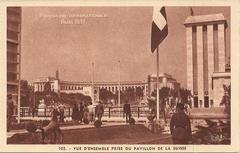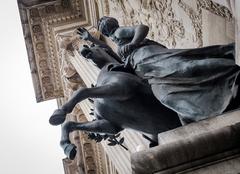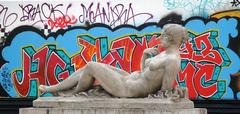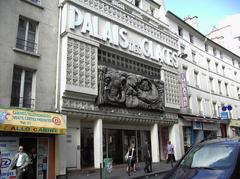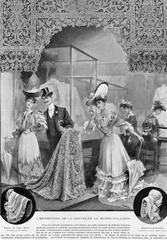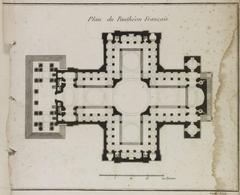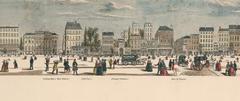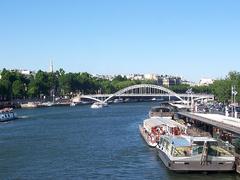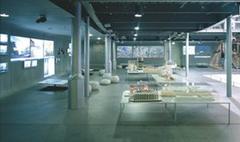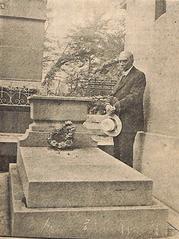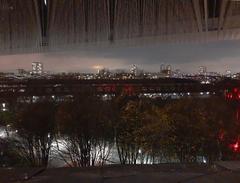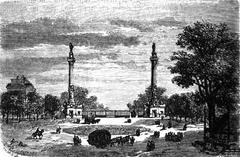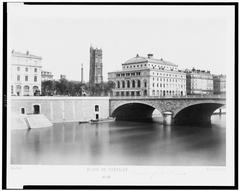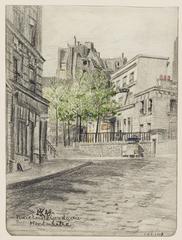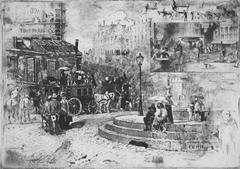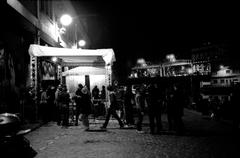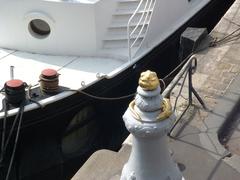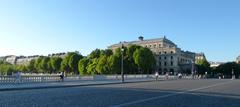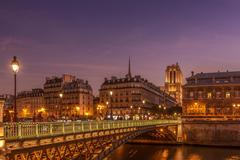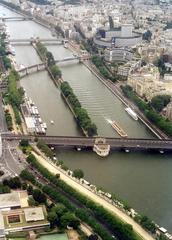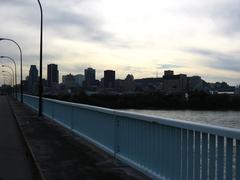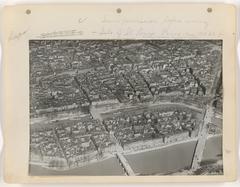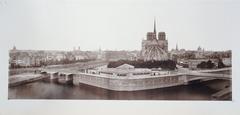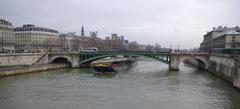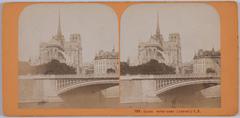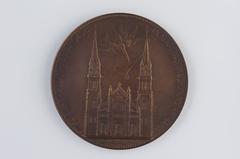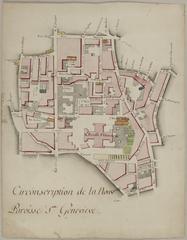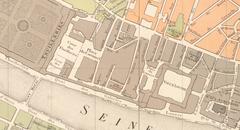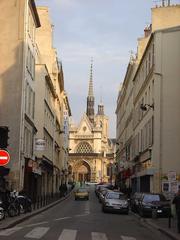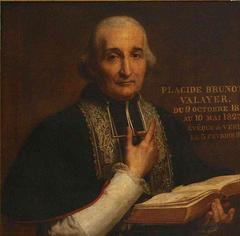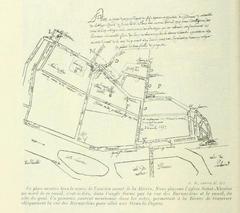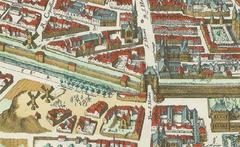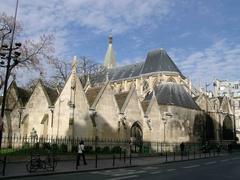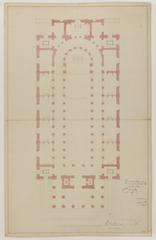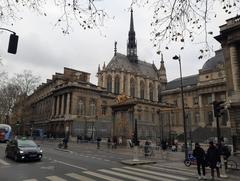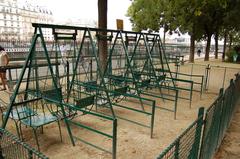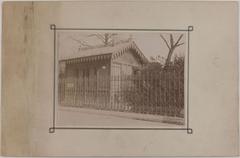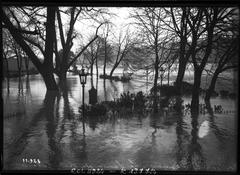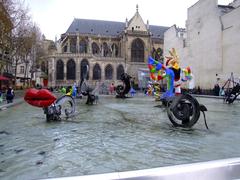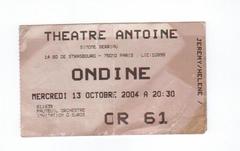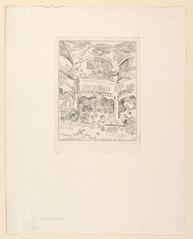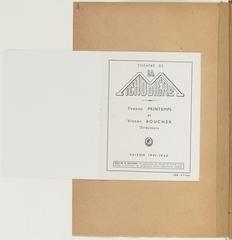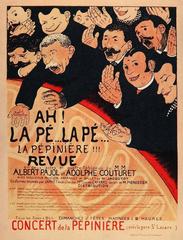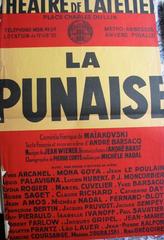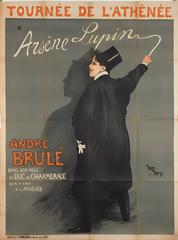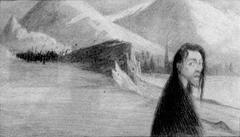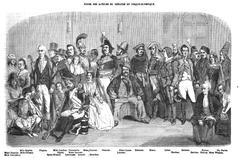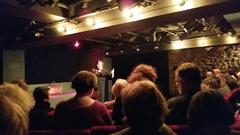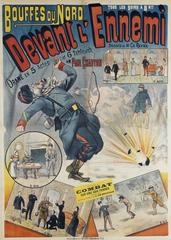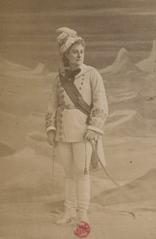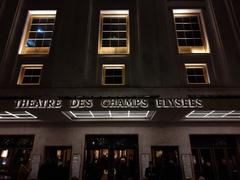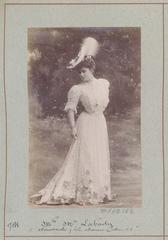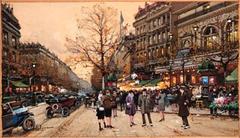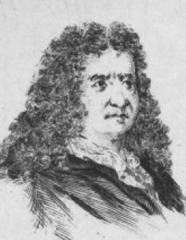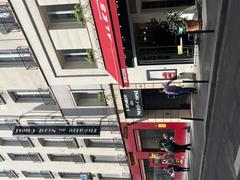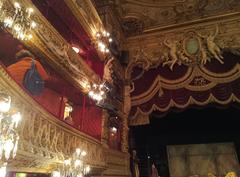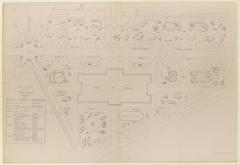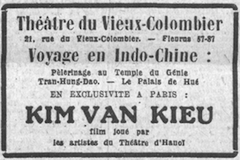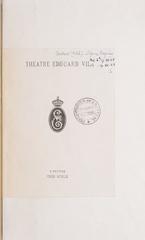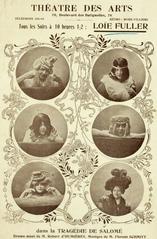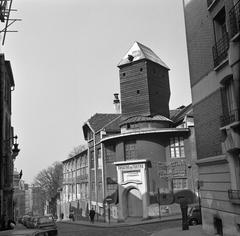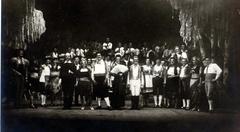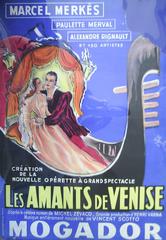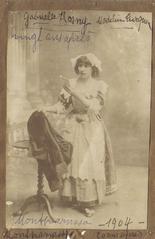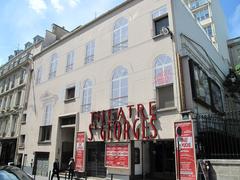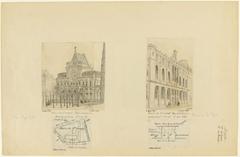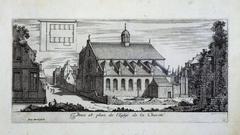
Visiting Pont Saint-Michel: Hours, Tickets, and Tips
Date: 23/07/2024
Introduction
The Pont Saint-Michel is not merely a bridge in Paris; it is a historical gateway connecting the Île de la Cité to the Left Bank of the Seine. Constructed initially in 1378 under King Charles V, this iconic structure offers a unique glimpse into Paris’s rich heritage (Paris Info). Over the centuries, it has been rebuilt and renovated multiple times, with its most significant reconstruction occurring in the 19th century under the direction of Baron Haussmann during Emperor Napoleon III’s reign (Structurae) (Parisian Bridges). The bridge’s architectural features, historical significance, and its role in Parisian life make it a must-visit landmark. This comprehensive guide will delve into its history, visitor information, and cultural impact, ensuring you have all the essential details for your visit to the Pont Saint-Michel.
Table of Contents
- Introduction
- Early Beginnings
- Rebuilding and Renovations
- 19th Century Reconstruction
- Architectural Features
- Historical Significance
- Visitor Information
- The Bridge in Modern Times
- Preservation Efforts
- Cultural Impact
- Special Events
- Visitor Experience
- FAQ
- Conclusion
Exploring Pont Saint-Michel - History, Visitor Information, and Cultural Significance
Early Beginnings
The Pont Saint-Michel has a rich history dating back to the 14th century. The first bridge at this location was constructed in 1378 under the reign of King Charles V. This initial structure was a wooden bridge, which was quite common during that period. Unfortunately, it was destroyed by a flood in 1408, a fate that befell many early bridges in Paris due to the Seine River’s unpredictable nature.
Rebuilding and Renovations
After the destruction of the original wooden bridge, a new stone bridge was commissioned and completed in 1444. This stone bridge was more durable and better suited to withstand the elements. However, it too faced challenges, including damage from floods and the wear and tear of time. The bridge underwent several renovations and reconstructions over the centuries to maintain its structural integrity and accommodate the growing traffic of Paris.
19th Century Reconstruction
The most significant reconstruction of the Pont Saint-Michel occurred in the 19th century. In 1857, during the extensive urban renewal projects led by Baron Haussmann under Emperor Napoleon III, the bridge was completely rebuilt. The new design featured three arches and was constructed using stone, which provided greater durability and aesthetic appeal. This reconstruction was part of a broader effort to modernize Paris and improve its infrastructure (Parisian Bridges).
Architectural Features
The 1857 version of the Pont Saint-Michel, which still stands today, is notable for its architectural features. The bridge is adorned with the imperial “N” monogram, a symbol of Napoleon III’s reign. These decorative elements reflect the Second Empire style that was prevalent during Haussmann’s renovations. The bridge’s three arches are supported by robust piers, and its stone construction gives it a timeless and elegant appearance (Structurae).
Historical Significance
Throughout its history, the Pont Saint-Michel has played a crucial role in Parisian life. It connects the Île de la Cité, where the famous Notre-Dame Cathedral is located, to the left bank of the Seine. This strategic location has made the bridge a vital thoroughfare for both pedestrians and vehicles. Over the centuries, it has witnessed numerous historical events and changes in the cityscape of Paris.
Visitor Information
Ticket Prices
Visiting the Pont Saint-Michel is free of charge, making it an accessible attraction for everyone. However, guided tours that include the bridge and nearby historical sites may have a fee.
Opening Hours
The Pont Saint-Michel is open 24/7, allowing visitors to enjoy its beauty and historical significance at any time of day or night.
Travel Tips
- Best Time to Visit: Early morning or late evening to avoid the crowds.
- Nearby Attractions: Notre-Dame Cathedral, Sainte-Chapelle, and the vibrant Latin Quarter.
- How to Get There: The nearest metro station is Saint-Michel Notre-Dame (Line 4 and RER B and C).
The Bridge in Modern Times
Today, the Pont Saint-Michel remains an important part of Paris’s infrastructure. It continues to serve as a key crossing point over the Seine, facilitating the movement of people and goods. The bridge is also a popular spot for tourists, who come to admire its historical significance and enjoy the picturesque views of the Seine and the surrounding landmarks (Paris Info).
Preservation Efforts
Given its historical and architectural value, the Pont Saint-Michel is subject to ongoing preservation efforts. These efforts aim to maintain the bridge’s structural integrity and historical authenticity while ensuring it can continue to serve modern transportation needs. Preservation work includes regular inspections, maintenance, and, when necessary, restoration projects to address any damage or wear (French Ministry of Culture).
Cultural Impact
The Pont Saint-Michel has also made its mark on popular culture. It has been featured in numerous works of literature, art, and film, often symbolizing the romantic and historic essence of Paris. The bridge’s picturesque setting and historical significance make it a favorite subject for artists and photographers, further cementing its place in the cultural fabric of the city.
Special Events
The Pont Saint-Michel often hosts cultural events and guided tours, especially during the summer months. These events provide an excellent opportunity to learn more about the bridge’s history and its role in Parisian life.
Notable Events
Several notable events have taken place on or near the Pont Saint-Michel. For instance, during the French Revolution, the bridge was a site of significant activity and conflict. In more recent history, it has been the location of various public demonstrations and gatherings, reflecting its role as a central and accessible landmark in Paris.
Photographic Spots
For photography enthusiasts, the Pont Saint-Michel offers stunning views of the Seine and nearby landmarks. The best spots for capturing the bridge in all its glory are from the banks of the Seine, especially during sunrise or sunset.
Visitor Experience
For visitors to Paris, the Pont Saint-Michel offers a unique glimpse into the city’s rich history. Walking across the bridge provides an opportunity to appreciate its architectural beauty and historical significance. The surrounding area is also home to numerous attractions, including the Notre-Dame Cathedral, the Sainte-Chapelle, and the vibrant Latin Quarter, making it an ideal starting point for exploring the heart of Paris (Paris Tourist Office).
FAQ
Q: What are the Pont Saint-Michel visiting hours?
A: The Pont Saint-Michel is open 24/7.
Q: Is there an entrance fee to visit the Pont Saint-Michel?
A: No, visiting the Pont Saint-Michel is free of charge.
Q: Are there guided tours available?
A: Yes, there are guided tours available that include the Pont Saint-Michel along with other historical sites in Paris.
Conclusion
The Pont Saint-Michel stands as a testament to the enduring history and architectural heritage of Paris. From its early beginnings as a wooden bridge to its current stone structure, it has witnessed and withstood the test of time. Its historical significance, combined with its central location and cultural impact, makes it a must-visit landmark for anyone exploring the City of Light. Don’t forget to download our app, Audiala, for more travel tips and updates. Follow us on social media to stay connected!
References
- Paris Info. Pont Saint-Michel - Visiting Hours, Tickets, and Unveiling Its Historical Significance in Paris. https://en.parisinfo.com
- Structurae. Exploring Pont Saint-Michel - History, Visitor Information, and Cultural Significance. https://structurae.net
- Parisian Bridges. Exploring Pont Saint-Michel - History, Visitor Information, and Cultural Significance. https://www.paris.fr
- French Ministry of Culture. Exploring Pont Saint-Michel - History, Visitor Information, and Cultural Significance. https://www.culture.gouv.fr

